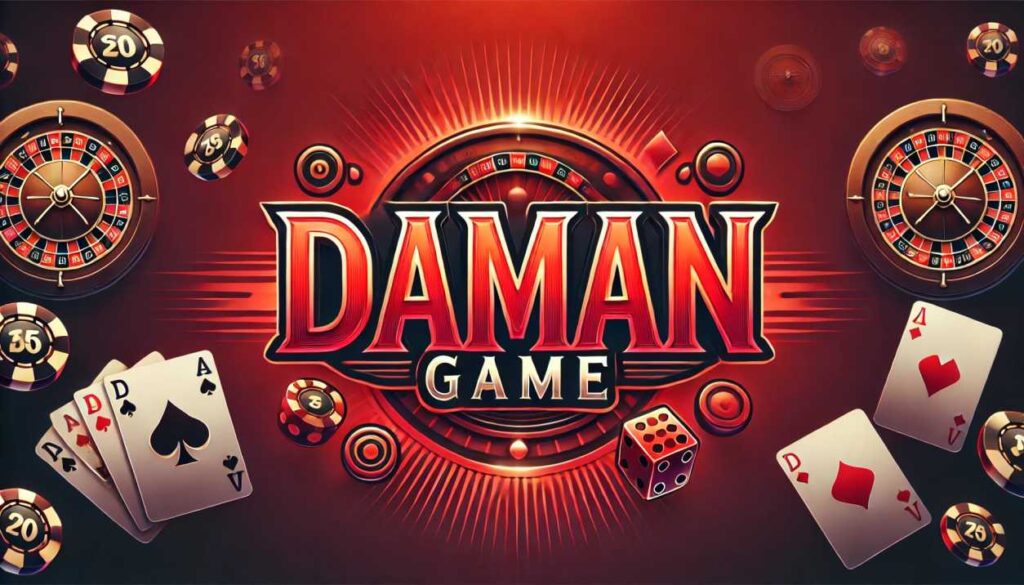User Interface Psychology: How Design Choices Influence Color Game Bets

In the dynamic world of online gaming, few genres are as deceptively simple yet psychologically captivating as color betting games. These games typically ask users to wager on the outcome of a randomized event involving colors—like predicting the next color in a sequence or spinning a virtual wheel. While luck plays a fundamental role, seasoned players understand there’s another silent influence at work: user interface psychology. The ways these games are designed—their colors, layout, animations, and feedback cues—have a profound effect on how players bet, how often they play, and how much they’re willing to risk.
The Science Behind Visual Persuasion
Human brains are wired to respond to visual stimuli in milliseconds. Color, shape, and spatial arrangement often make an impression before we’ve consciously registered what we’re seeing. Game designers and psychologists know this, and in color games, these insights are used to direct player behavior almost like a conductor guiding an orchestra.
Colors themselves carry subconscious meaning. Red is associated with urgency and excitement, while green suggests safety or positivity. When a game uses red to highlight a “high-risk, high-reward” bet and green for a “low-risk” one, the emotional underpinnings subtly influence player decisions—even if the odds are the same.
Color Schemes That Guide Risk Appetite
Color psychology isn’t just about visual aesthetics—it’s about behavioral nudges. A game interface that uses warm hues like oranges and reds in the betting section can elevate players’ excitement levels. Conversely, cooler colors like blue or grey can dampen the impulse and encourage more methodical decision-making.
Interestingly, some platforms like daman app intentionally rotate or change background hues during different phases of the game. A countdown timer might shift from cool green to blazing red as it nears zero. This color transformation, while minor, psychologically mimics the escalation of urgency and can lead players to make last-second bets they might otherwise avoid.
Interface Layout and Cognitive Bias
While color grabs attention, layout guides action. Strategic placement of betting options can trigger cognitive biases that skew decision-making. For example, a central button highlighted in a brighter shade tends to get clicked more often, even when other options are equally viable. This exploits the center-stage effect—a tendency to choose the most prominent visual element by default.
Games also make use of anchoring bias. If one betting option is visually larger or accompanied by an animated glow, players might unconsciously assign it more value, even if the probabilities suggest otherwise. Over time, this constant stream of visual nudges trains the user into habitual patterns.
Feedback Loops: Sounds, Vibrations, and Confetti
Design psychology doesn’t stop at static visuals. Interactive feedback—like a burst of animated confetti when you win, or a vibration when time is running out—engages multiple senses and creates powerful memory associations. Wins are often celebrated through vibrant colors and uplifting sounds, while losses are muted or visually understated. This builds a positive reinforcement loop, making wins feel more significant and encouraging users to chase that dopamine hit.
Moreover, some games incorporate subtle auditory cues before major visual changes. A low rumble might precede the moment the color is revealed, creating suspense and encouraging emotional investment. This holistic stimulation blurs the line between rational betting and sensory-driven impulse.
User Flow and Temporal Manipulation
Game interfaces often manipulate perceived time to prolong engagement. Fast animations between bets, countdowns that speed up toward the end, and delay buffers before showing results all affect how long a session feels.
For instance, making the betting process feel quick and fluid removes the player’s natural hesitation period. When the “Place Bet” button is large, vibrant, and easy to hit, and when the transition from bet to result is seamless, it creates a rhythm that bypasses introspective pauses. The interface becomes a kind of treadmill—one that can be hard to step off from.
Personalization and Predictive Design
Modern color betting games often integrate subtle personalization—changing colors based on past choices, or adapting the interface depending on how often or how successfully a player bets. These shifts are usually below the conscious level but may increase a sense of agency or connection with the platform.
Some interfaces even present “suggested” bets, visually packaged as optimal decisions using persuasive colors and motion. The sense that the system is guiding you, especially with implied trust signals like green highlights or a checkmark icon, can coax players into overconfidence and extended play.
Final Thoughts: Awareness as Empowerment
Understanding the psychological machinery behind color game interfaces empowers users to make more conscious decisions. The immersive colors, responsive animations, and hypnotic rhythms aren’t just cosmetic—they’re designed to influence. Every visual choice speaks to your subconscious, whispering prompts that can make or break your strategy.
By becoming aware of these nudges, players can reclaim agency. Whether it’s pausing to consider a bet or recognizing when a design is trying to manipulate impulse, mindful play begins with understanding the game behind the game.
